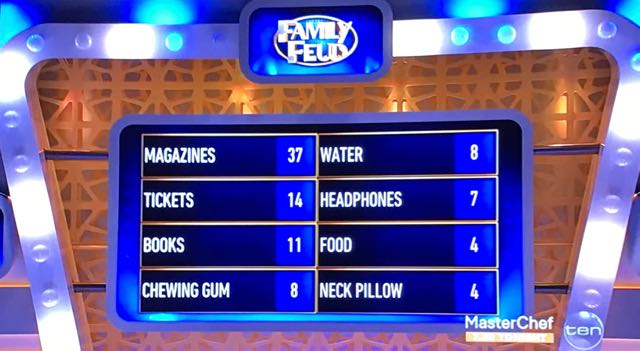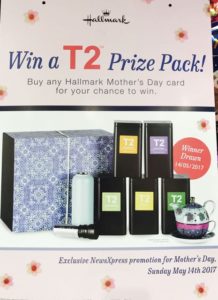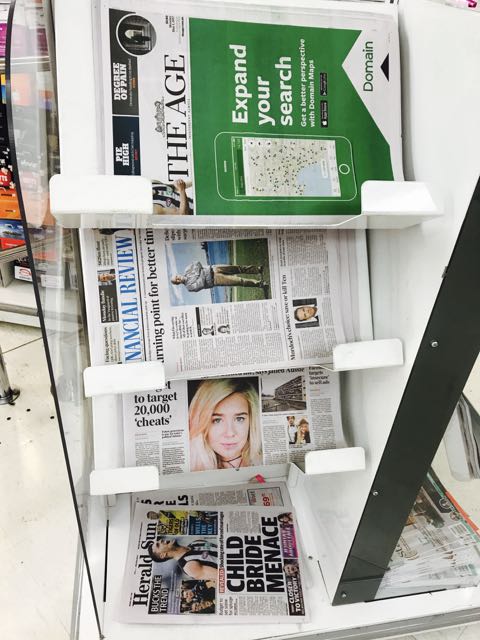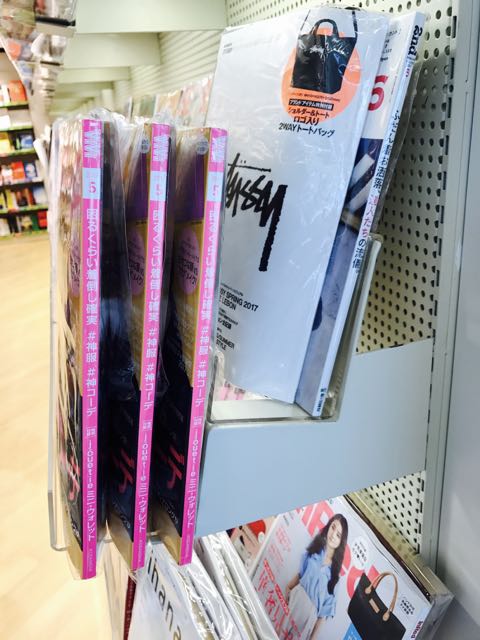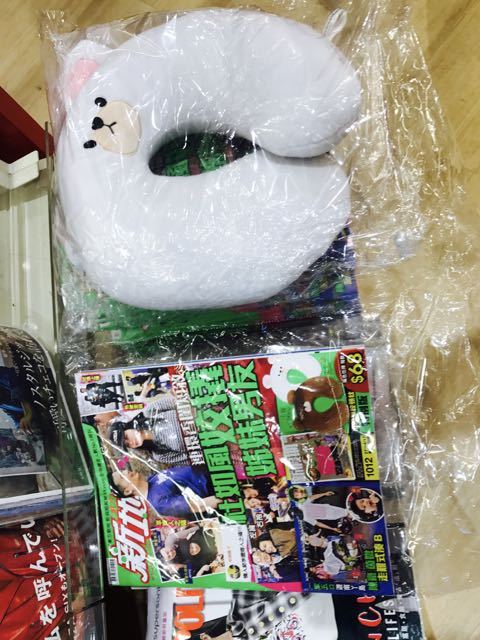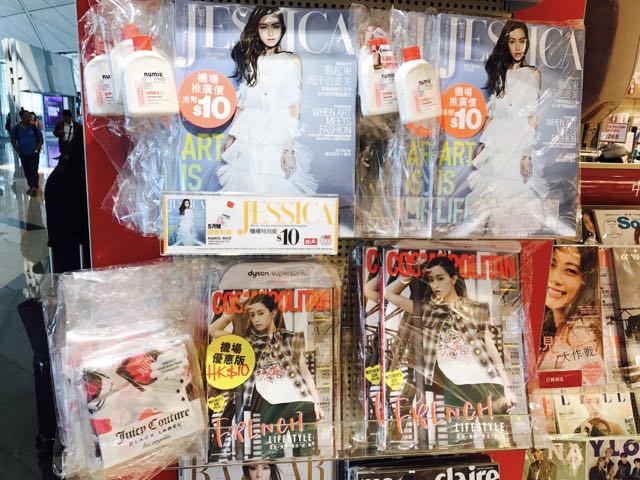The March quarter was patchy for retail newsagency performance. While the overall channel performance was flat, plenty peaked and plenty troughed.
It is dangerous to look at the overall and take that as the performance metric for the channel. It is not, as many individual newsagents know.
Here are the headlines from the latest benchmark study:
- Gifts are the fastest growing product category. However, there is disagreement about what to call gifts with some putting toys in gifts while others run a separate toy department. Most newsagents with gifts reported double digit growth. The businesses with weaker gift sales are those with the more traditional, old-school newsagency, gift offering.
- Of the third of businesses with a separate toy department, year on year toy revenue is up close to double digits.
- Cards performed reasonably well with 2.8% growth in the quarter with everyday accounting for a strong proportion of the growth.
- Stationery was soft with a 1% increase in revenue.
- Books are making a resurgence with a third of participating stores showing a separate book department and this achieving close to double digit growth.
- Newspaper unit sales fell 10%.
- Magazine unit sales declined 9.5%.
- 45% of businesses have overall GP in the old-school band of 28% to 32%, 35% sit in the 30% to 35% band while only 20% run with GP above 35%. Those businesses, with GP at 35% or above, are the ones with a bright future as it is only them with the capacity to hope to weather annual labour and rent increases.
For this latest study, I have looked at data from 167 newsagencies – large and small, city and country, shopping centre and high street: Newspower, the various versions of Nextra and newsXpress as well as independent.
Overall, Q1 2017 delivered better results than Q3. Here are the overall results:
- Customer traffic. 70% of newsagents report average decline of 1.8%.
- Overall sales. 55% reported an average revenue decline of 3.0%.
- Basket depth. 60% report a 1.5% decrease in basket size.
- Basket dollar value. 65% report a decrease in basket value of 2%.
Some look at these and other data points to see how they compare and are relieved if they are not in the worst group. This is a mistake in my view.
The best way to use the benchmark results is to understand industry trends. For example, if your gifts are not growing by double digits and gift revenue is not more than card revenue then you have a problem. If you are not in toys enough to have a separate department and are not achieving growth in toys then you have a problem.
What does success look like? This is an important question as there are newsagents contemplating there is no upside, nothing worth fighting on for. I disagree. There is plenty of upside, for those prepared to create it for themselves.
I think any newsagency business can be successful, regardless of location and situation. This is more true today than at any time in the past thanks to what we can see being achieved online – not only in newsagency businesses but through other retail channels.
For a glimpse of success, take a look at these data points for one newsagency for which I have seen performance data:
- Number of sales: up 5%
- Average sale value: up 16%
- Average item value: up 16%
- Average items per transaction: up 3%
- Overall revenue: up 21%.
- Overall business GP: 40% (no lotteries or agency business).
- Cards: revenue up 19% and accounts for 23.8% of overall revenue.
- Magazines: unit sales down 2% but weeklies up 3% and overall revenue contribution is only 18%.
- Gifts: revenue up 100% and account for 35% of all revenue.
Now, before you dismiss this as being an exception. This business is long established, in a highly competitive situation. It is debt free. What sets it apart is that every decision is made based on data, not gut, not emotion, but data. The business regularly promotes outside the business and in a way that is not common for a newsagency. In-store, this does not look like an average newsagency.
Every year on year comparison report I have looked at has its own story. It reflects not only the challenges of small business retail but also the challenges of product categories, local challenges, owner challenges and more. The comparison data is a narrative for the business.
I urge you to ask yourself daily, what have I done today to reach a new shopper, someone who does not know we exist? This is what successful businesses in the benchmark study are doing and doing well.
DOES THE NEWSAGENCY CHANNEL HAVE A FUTURE?
Yes! Absolutely. If you are prepared to shrug off what has been traditional for a newsagency business, stop hoarding, embrace change and embrace social media – you can have a bright future. The transformation from traditional to the new world has to be urgent and dramatic.
AGENCY IS OVER.
My opinion remains – there is no upside in any agency parts of the business.
OPTIMISTIC.
I am optimistic for my own newsagency businesses and for the businesses of many newsagents. Indeed I have opened a new outlet in the last couple of weeks.
HOW TO USE THESE RESULTS
Look at your own situation. Compare your year on year results with those detailed here. If you are doing worse, act. If you are doing better, celebrate briefly and then get back to it.
There is no time to lose. We are in a period of extraordinary change and challenge on many fronts and the best way to confront change and challenge is to lean in and bring it on.
WHY I DO THIS STUDY
My interest in the study is as a newsagent and as a supplier to the channel through Tower Systems and through newsXpress. I want the channel to grow for selfish reasons and because it has been my life since 1981. I am invested.
BENCHMARK GOALS
I am often asked for benchmark goals newsagents ought to aim for. Here are some benchmarks I have developed in my work with newsXpress and through Tower Systems:
- Gross profit: this is the goal gross profit for all product sales not taking into account any revenue or costs related to any agency business. The traditional newsagency average sits at 28% to 32%. For a newsagency focused on the future, the goal has to be at least 45%.
- Ratio of Gift revenue to Card revenue: 50% minimum. The goal ought to be 100% or more. If you do $100K a year in cards, target to do $100K in gifts, or more.
- Revenue per employee – $250 an hour minimum not including agency revenue. This is a contentious KPI. If you think it is not for you, work the numbers back and see what your number needs to be based on each labour hour in the business.
- Revenue PSQM $4,500 – $8,500 depending on country vs. city / high street to shopping centre and depending of product mix. Higher GP lower revenue required.
- Overall revenue mix percentage targets: Cards: 25%; Gifts/toys/plush: 25%; Stat: 10%; magazines/newspapers: 20%; other: 15%.
- FLOORSPACE ALLOCATION: Cards: 25%; Gifts/toys/plush: 25%; Stat: 8%; magazines/newspapers: 15%; other products: 15%; office/back room / counter: 12%. It’s rare you make money from an office or store room.
- Mark-up goals: Stationery: 125%; Gifts 110%; plush: 110%.
- Occupancy cost: between 9% and 11% of revenue where revenue is product revenue plus commission from agency lines. Location and situation are a big factor in this benchmark. For example, a large shopping centre business will have a higher cost than a high street situation.
- Labour cost: between 9% and 11% of revenue where revenue is product revenue plus commission from agency lines. Labour cost should include fair market costs for all who work in the business. (See above).
Mark Fletcher.
Email: mark@towersystems.com.au Website: www.towersystems.com.au Blog: www.newsagencyblog.com.au
M | 0418 321 338
 Next time you the a product photo that you plan to use in marketing, make sure it is the best photo it can be.
Next time you the a product photo that you plan to use in marketing, make sure it is the best photo it can be.

